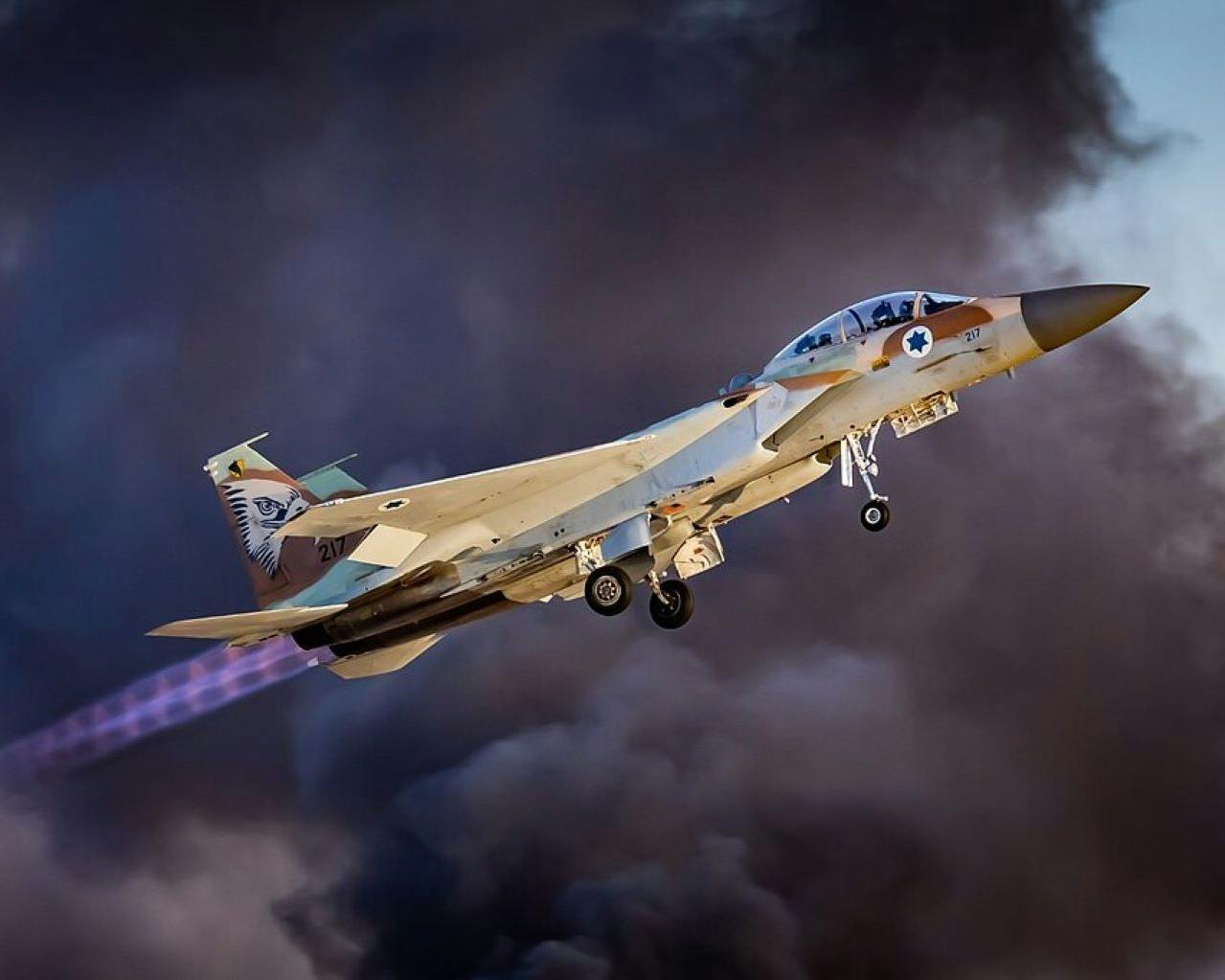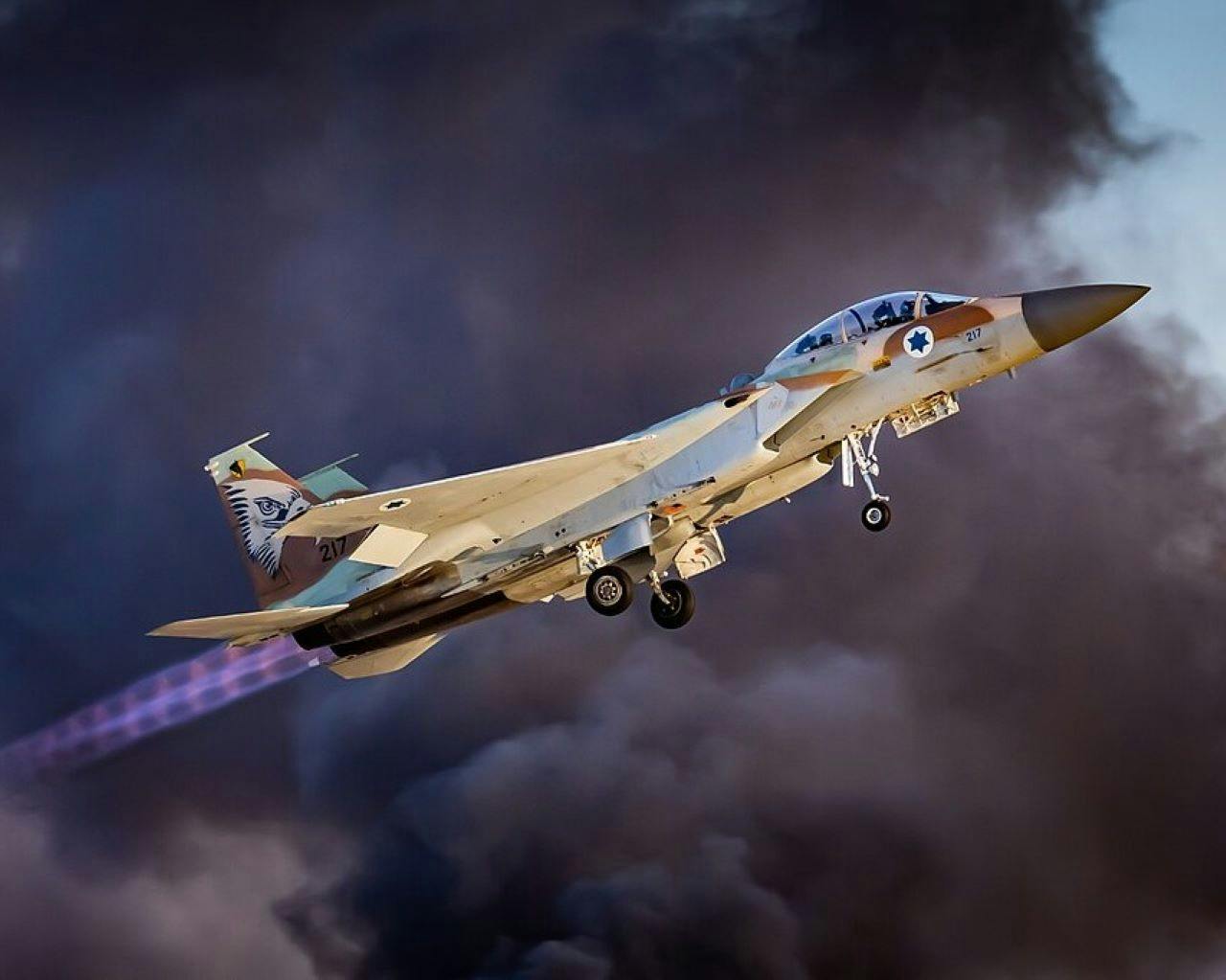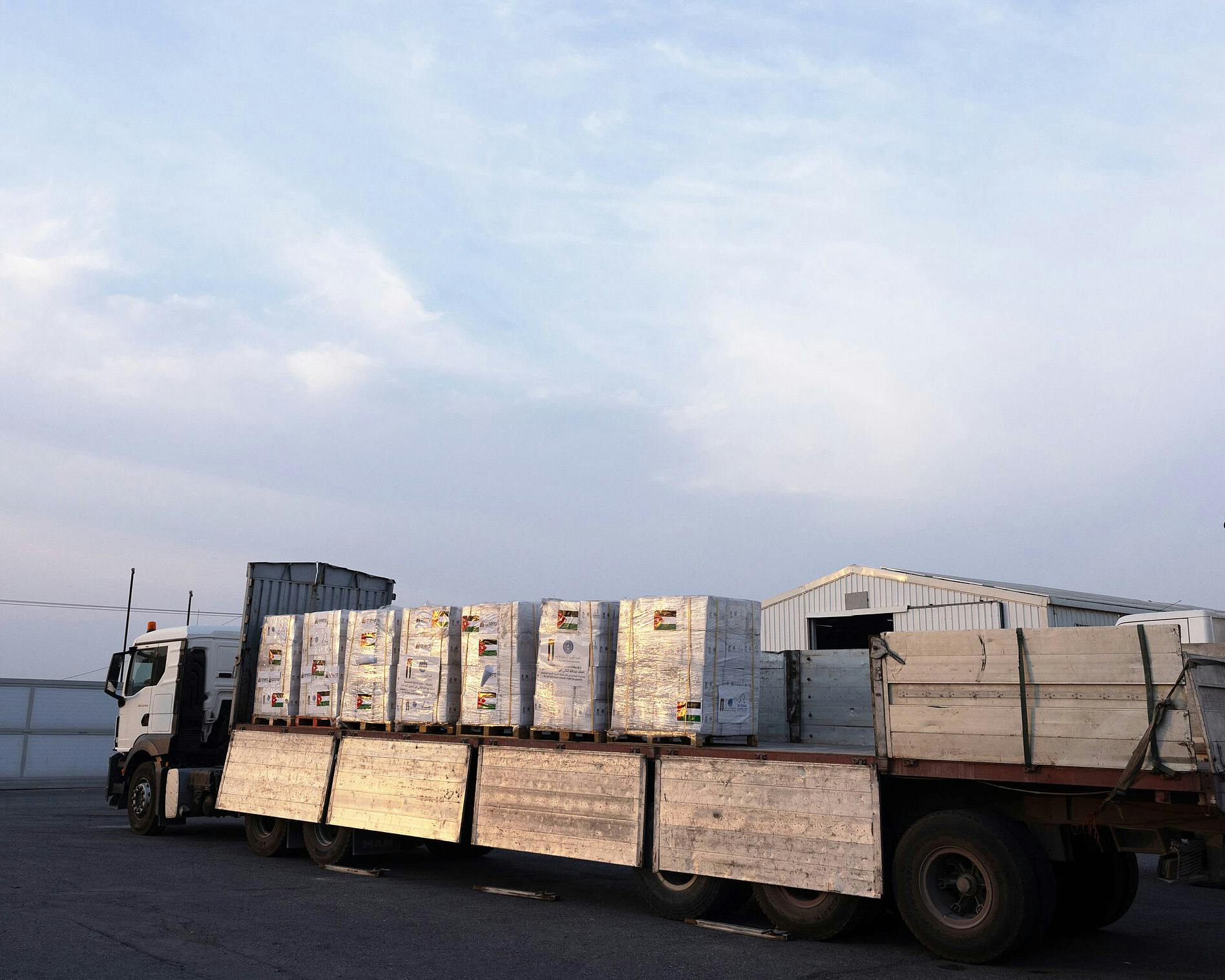Even without US Go Ahead, Israel Might Strike Iran's Nuclear Sites

Wednesday, 11 June 2025 | Two parallel developments last November—one in Syria, the other in Washington—have reignited Israel’s long-standing threat to strike Iran’s nuclear program. As Israeli defense officials reassess their options, three distinct scenarios are emerging for how such a mission might unfold.
The first development was the collapse of the Assad regime in Syria, which allowed the Israeli Air Force to destroy much of Syria’s sophisticated and densely deployed air defense network. The operation opened a strategic corridor to Iran that had previously been considered too dangerous for Israeli warplanes.
The second was Donald Trump’s victory in the US presidential election. Within weeks, Trump unfroze critical American military aid to Israel, including munitions that had been withheld by the Biden administration. He also launched a new diplomatic initiative aimed at curbing Iran’s nuclear ambitions—a dramatic shift nearly a decade after he withdrew from the 2015 nuclear deal, with strong encouragement from Prime Minister Benjamin Netanyahu.

While Trump has not given Israel a “green light” for a strike, the renewed momentum has brought the prospect of military action back into focus. Israeli leaders are reportedly weighing three primary scenarios:
Unilateral Israeli Strike without US Support
Over the past year, Israel has shown it can reach deep into Iranian territory, striking strategic military targets even in the country’s remote eastern regions. These missions have proven Israel’s operational reach and exposed weaknesses in Iran’s defenses.
However, a full-scale assault on Iran’s nuclear sites would be far more complex and risky. Israeli pilots would need to traverse nearly 2,000 kilometers [1,243 mi] of hostile airspace, strike fortified and deeply buried facilities, and return safely—all without US air cover or intelligence support.
A unilateral strike also raises the risk of retaliation. Iran could respond with massive salvos of precision-guided missiles and explosive drones aimed at Israeli military and civilian infrastructure. Even if Israel’s multilayered air defense—bolstered by US THAAD batteries—intercepts most threats, a small breach could severely disrupt daily life and military operations.
Hezbollah in Lebanon and other Iranian proxies in Syria and Yemen could also join the fight, opening additional fronts and overwhelming Israel’s defenses.
Coordinated Israeli Strike with Defensive US Support
A more realistic scenario involves pre-strike coordination with the United States, particularly in the realm of air defense. Israel could notify US Central Command (CENTCOM) in advance, allowing for the deployment of American defensive systems and strategic planning to shield Israeli airspace from retaliation.
This approach would not require active US participation in the strike itself but would depend on prior political agreement and a green light to fly through regional air corridors that are now more accessible following Israel’s successful operations in Syria.
Such cooperation would strengthen Israel’s defenses, especially against multi-front attacks, and ensure a broader missile shield involving Arrow, David’s Sling, Iron Dome, and newer laser interception systems.
Full Joint Operation with the US and Allies
The most ambitious—and currently least likely—option is a multinational operation led by the United States and supported by other Western and regional allies. Countries such as the United Kingdom, France, Germany, Italy, and Greece have previously participated in joint air exercises with Israel and could contribute to a coordinated strike.
However, Israel’s diminished international standing following the war in Gaza and ongoing tensions over the Palestinian issue make this scenario politically unlikely. A multinational strike would require Israel to offer diplomatic concessions, possibly including an end to the Gaza war and steps toward a political resolution with the Palestinians—an improbable move under the current Israeli government.
Still, a broad coalition strike would dramatically increase the chances of destroying Iran’s nuclear infrastructure and restoring Israel’s deterrence, which was badly damaged by the Hamas-led October 7 attacks.
Each of the three scenarios carries substantial risks and varying degrees of international support. A unilateral strike offers speed but entails heavy consequences. A coordinated strike provides greater protection but requires US cooperation. A joint operation could yield the most decisive results—but demands political groundwork that currently appears out of reach.
As Israeli leaders continue to assess their options, the future of the region may hinge not only on military capabilities but also on shifting diplomatic calculations in Washington, Tehran and Jerusalem.
(This article was originally published by Ynetnews on June 11, 2025. See original article at this link.)
https://www.ynetnews.com/opinions-analysis/article/rk9kl58xxe
License: Wikimedia
Related Resources

Discover Your Purpose and God’s Heart For You
In today's divided, turbulent world, it's essential for the Church to rediscover God's heart. Our free e-book, authored by a seasoned expert with three decades of experience in Israel, delves deep into the teachings of Jesus (Yeshua) to reveal God’s principles of love and purpose. Learn how embracing these truths can bring significance and impact to your life, even amidst chaos. Subscribe now to receive your free copy and embark on a journey of transformation.




